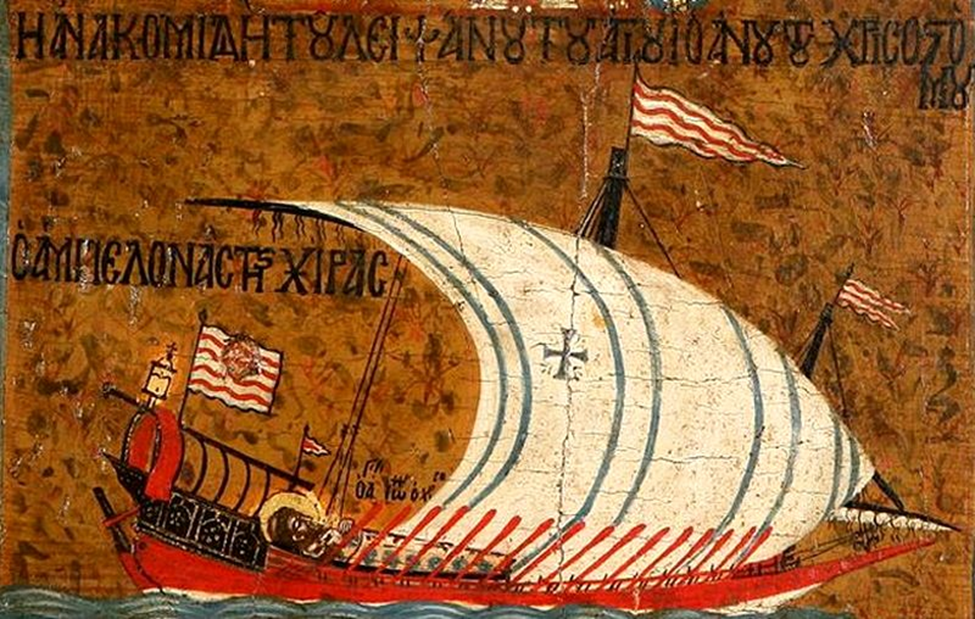Authorhouse UK, the self-publishing company that printed my first book, "Dawn and Sunset: A Tale of the Oldest Cities in the Near East", has offered to issue my second volume. Heaven knows, I did a lot to avoid this chance.
Meanwhile, I have found no traditional publisher that is enthusiastic about bringing out my composition. Since I had no alternative, I finally agreed.
I did my best, revising the entire text again. I added several images though I am not sure that they will accompany the text. My literary consultant said that I need to ask permission from the owners of the photos even though most of my artwork is borrowed from Wikipedia. I wrote several letters but received only one permission, from the British Library concerning the Psalter Mappa Mundi, where Jesus blesses the earth.
In the following weeks, you will catch a glimpse of my second book.
It is titled, "The
Enchanting Encounter with the East: Breaking the Ice between the Latin West and the Far East". I have uploaded more than half of the volume on the Academia site, https://independent.academia.edu/BaizermanMichael
Since nobody knows the exact order of the chapters, I will present the content here. The book comprises 29 chapters arrayed in six units.
Unit I: THE
MIRACULOUS REVIVAL OR THE PAINFUL RECOVERY
1: What If the Earth is the Sphere
2: How to Measure the Earth's Circumference
3: How Long Spans the Inhabited World
Bottom Line
Unit II: The Saga of All My Sons
4. The Trefoil
of the World
5. Where is
the Heart of the World: The Location of Jerusalem on European Mind Maps
6. In Black
and White: Racial Prejudices in the European Middle Ages
7. The Enigma
of the Antipodes
Bottom Line
Unit III:
Unveiling the Alien
8. The Squall
from the East
9. The Suspension
Bridge across the Abyss
10. The Swan
Song of the Mongol Thrust
Bottom Line
Unit IV:
Mapping Marvels and Monsters: In the Shadow of the Iron Gate
11. Meet your Enemy
12. Alexander at the Caspian Gates
13. Beware of Barbarians
14. A Kernel of Truth
15. Alexander Versus Gog-Magog
16. The Lost and Found Tribes
17. The Ten Tribes and Other Monsters
18. The Turks in Jacob’s Tents
Bottom Line
Unit V: Dreams
Amid Debris: In the Shoes of Prester John
Prologue
19. The Early Encounters: Under the Historic
Radar
20. The Shadow Crusader: Otto of Freising
21. The Black Prince: Yelu Dashi
22. The Mysterious Letter
23. Waiting for the Train that Would Never
Come: The Fifth Crusade
24. The Scourge of God: Chinggis Khan
25. The Underdog and the Power Strife on the Steppes
Bottom Line
Unit VI: The
Witness in the Den
26. Barefooted Envoys
27. John of Plano Carpini
28. William of Rubruck
29. John of Montecorvino
Bottom
Line
List
of Illustrations
Personal
and Geographic Index
Further
Reading

